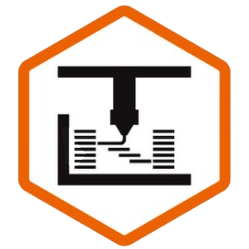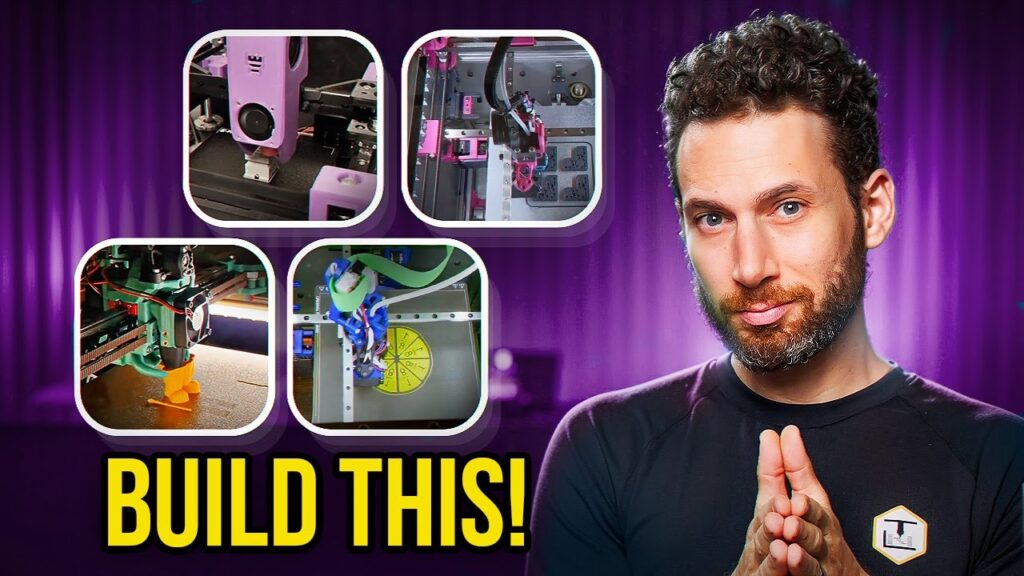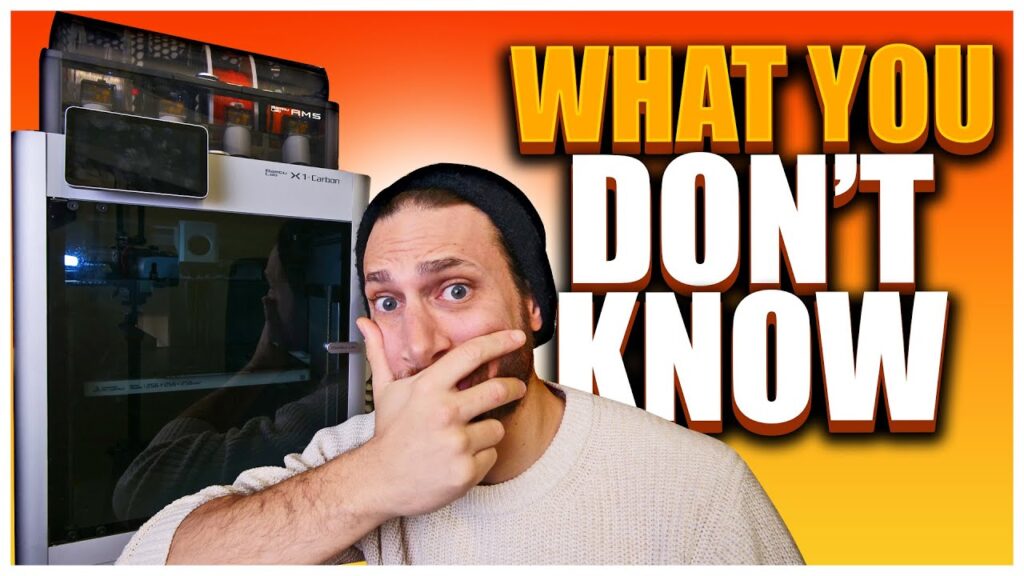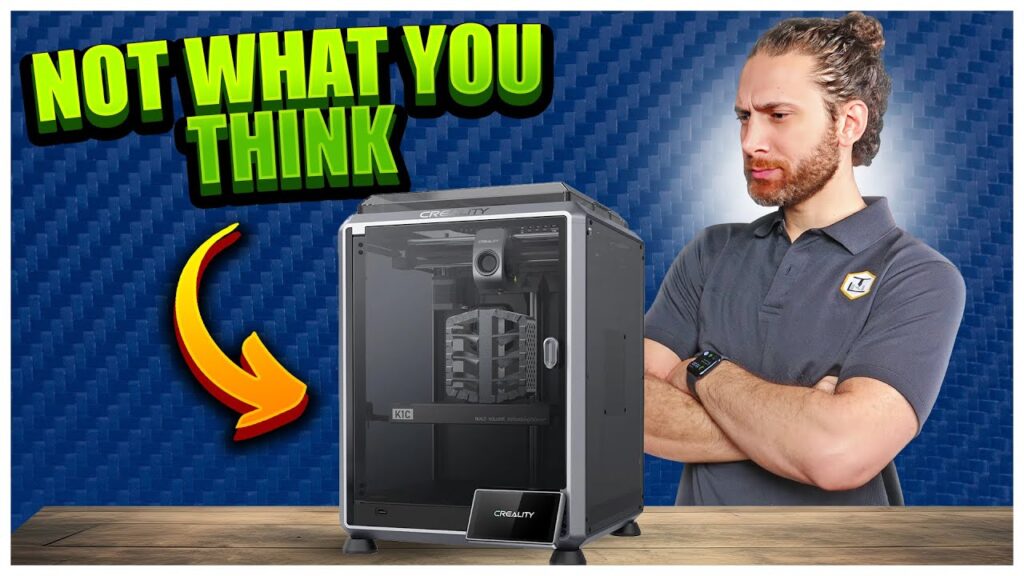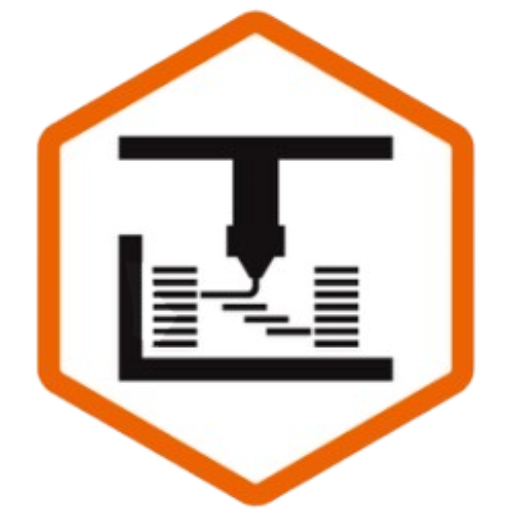3D printers are now available in a variety of sizes and formats.
This is clearly due to the end-user community’s needs and requirements for various build sizes, which forces manufacturers to produce not only small 3D printers but also large 3D printers.
Building large 3D printers is more than just using bigger parts.
A large printer requires the entire system to work properly, including frames, electronics, motors, pulley and belt mechanisms, heating systems, extrusion systems, motion control systems, and so on.
In short, simply purchasing a large printer will not help you. You must purchase a large 3D printer that provides value and performs equally well, if not better, than a regular desktop 3D printer.
In this article, we will review some of the best large 3D printers on the market and provide you with a few options to consider as you make your next purchasing decision.
So, let’s take a look at the full list.
What Are The Best Large 3D Printers?
| Name and Brand | Build volume (mm) | Price | Where to Buy? |
| Anycubic Kobra Plus | 350 x 300 x 300 | $499 | Anycubic |
| Voron 2.4 | 350 x 350 x 350 | $429.99 | Amazon |
| Creality Ender 5 Plus | 350 x 350 x 400 | $599 | Amazon |
| Creality CR-10 S5 | 500 x 500 x 500 | $729 | Creality |
| BigRep ONE | 1005 x 1005 x 1005 | $30,000 | BigRep |
1. Anycubic Kobra Plus
The Anycubic Kobra Plus 3D printer is a large printer with many useful features.
This is the ‘smallest’ large 3D printer covered in our list.
It has a build volume of 350 x 300 x 300 mm, a heated bed that can reach 100°C, and the Anycubic LeviQ auto-leveling system.
Furthermore, the bed is made of Carborundum Glass Bed, which provides excellent bed adhesion while allowing for easy part removal.
Because the Kobra Plus has a maximum nozzle temperature of 260°C, it can print with PLA, ABS, PETG, and TPU filaments at a maximum print speed of 180 mm/s.
It also has a filament run-out sensor and a print resume function, so the printer can pause the printing process if you run out of filament or the filament breaks.
In addition, the printer can resume printing if the power goes out or the filament runs out.
Other Specifications:
Machine size: 605 x 560 x 546 mm
Minimum Layer Height: 50 microns
Nozzle size: 0.4 mm (Replaceable)
Filament diameter: 1.75 mm
Bed Temperature: Max 100 °C
Material Compatibility: PLA, ABS, PETG & TPU
Control panel: 4.3″ resistive touch-control
2. Voron 2.4 – Best Large 3D Printer Under $500
The Voron 2.4 3D printer is available as a DIY kit. Voron is a project by engineers that designs no-compromise 3D printers that are fun to build and joy to use.
This is why Voron is never sold as an off-the-shelf printer, but rather as a kit that users will enjoy assembling. If you wish to build one, then you have to refer to their sourcing guide.
As it does not sell printer parts, users must refer to the guide and buy individual components.
Thankfully, in the last two years, a couple of vendors have begun selling Voron Kits; however, these are frequently incomplete, with certain parts still needing to be purchased separately.
The majority of the parts are shipped with the kits, and you must assemble these parts to build the printer. Although this is obviously difficult and time consuming, the experience can be very rewarding for an engineer.
Furthermore, assembly is not as simple as simply connecting rails and motors; you will need to make important decisions on some parts that are not included in the Voron kit and must be purchased separately.
This necessitates a thorough understanding of how a 3D printer works, as well as making a purchasing decision based on which part may provide the best results.
Given all of this, we can classify Voron as an entry-level printer designed for experienced makers.
If you’re a beginner, I’m sure you’re already exhausted just reading about how much work you’ll have to do to get started, which is why Voron isn’t as popular among enthusiasts and new makers.
If you are just starting out, you can look at the other printers mentioned in the article.
What it lacks in ‘ease of assembly, it attempts to compensate for with performance and features.
The printer includes a CoreXY system, linear rails on all axes, Klipper firmware to increase printing speed and accuracy, an aluminum build platform, an air filter, an enclosure, lights, and much more.
The printer’s best feature is that it is highly customizable; all you have to do is buy extra components and connect them.
Specifications:
Build Volume: 350 x 350 x 350 mm
Bed Temperature: 110°C
Extruders: Single or Dual
Material Compatibility: Up to 24 materials including PLA, ABS, PETG, CPE, Nylon, TPU, PVA, etc.
Bed Surface: Double-sided Powder Coated PEI Build Plate
Filament Diameter: 1.75mm
Max Print Speed: 250mm/s
Enclosure: Acrylic Panels
3. Creality Ender 5 Plus
Creality is best known for its Ender series.
The series has to be one of the longest-running printer series, with the most 3D printers available over the years. The Ender 5 Plus is another success in this line, and it builds on the Ender 5.
It keeps the majority of its advantages and improves the design to accommodate the larger bed size. The Ender 5 Plus has a larger build volume of 350 x 350 x 400 mm and a gantry design mounted on four rods.
The printer, like the rest of the Ender series, is fairly simple to assemble and configure. The initial prints are also decent, and with a few tweaks, you can get good quality prints.
The printer also has an Antclabs BLTouch auto-bed leveling probe, which is a little disappointing, dedicated stepper motors for each axis, two lead screws for the Z-axis, and a filament run-out sensor, which is now a standard feature in most printers.
Aside from the auto-bed leveling, there isn’t much to criticize in the Ender 5 Plus.
Specifications:
Machine size: 632 x 666 x 619 mm
Minimum Layer Height: 100 Microns
Nozzle size: 0.4 mm
Filament diameter: 1.75 mm
Material Compatibility: PLA, ABS, TPU, PETG, Composite filaments
Bed temperature: 110 °C
4. Creality CR-10S 5
The CR-10S 5 is Creality’s largest 3D printer, with a build volume of 500 x 500 x 500 mm. It is based on its predecessors, the CR-10 and CR-10S, and thus has a similar set of features as well as some noticeable additions.
The CR-10S 5 has a dual Z-axis and dual motor to increase its power while also improving its stability. It also has auto-bed leveling and a print resume sensor, which allows the printer to pause printing in the event of a power outage and resume printing when power is restored.
It features a linear bearing system with a new v-slot to improve accuracy and reduce noise, as well as a quick 10-minute assembly. The printer has been tested for 200 hours without affecting performance or reliability, and it is fast compared to most similar printers.
One disadvantage of the printer is that it only has one nozzle and the hot-bed is not hot enough to print with ABS and PETG filaments.
Although the printer may appear expensive to some hobbyists or makers, it is quite affordable when compared to competitors in its class or size. This is undoubtedly a 3D printer worth considering when purchasing a new printer.
Specifications:
Machine size: 690 x 800 x 715 mm
Nozzle size: 0.4 mm
Minimum Layer Height: 100 microns
Filament diameter: 1.75 mm
Nozzle temperature: 260 ℃
Bed temperature: 60 ℃
Print bed material: Borosilicate Glass Build Plate
Bed leveling: CR Touch Leveling
5. BigRep One – Largest 3D Printer In The Market
The BigRep ONE is a large-format 3D printer with an award-winning build volume of 1005 x 1005 x 1005 mm.
Because of its large volume, engineers can produce an entire part in a single print, rather than breaking up large parts like a vehicle dashboard, bumper, large architectural models, engine models, and others.
As a result, the BigRep One is ideal for both prototyping and production parts.
Power Extruder (PEX) from BigRep with interchangeable 0.6-, 1.0-, and 2.0-mm nozzles for maximum detail or high-flow additive manufacturing.
BigRep allows users to customize the printer with single, dual, or twin extruder systems, multiple add-ons such as enclosed housing, camera, dry-box for storing filaments, and printer color.
It can print with a wide range of materials, including PLA, PLA ultralight, PLA Antibacterial, PETG, PVA, TPU, High-Temperature, High-Temperature Carbon Fibre, BVOH, PRO HT, PLX, and others.
It is not for hobbyists or enthusiasts, but rather for professionals looking to purchase an industrial-grade large 3D printer that can perform consistently. Given its size and features, the printer is reasonably priced and justifies its price.
Other Specifications:
Minimum Layer Height: 300 microns
Max. speed: 500 mm/s
Support Materials: BVOH
Print bed Temperature: 80 °C
Printer Weight: 460 kg
Safety Certifications: CE approved (Enclosure Add-On required)
Conclusion
Large 3D printers can be an excellent investment for artists and professionals who need to print larger objects or who require greater precision and detail in their prints.
The printers I’ve listed are some of the most popular, widely used, and well-liked printers because of their performance and dependability.
Finally, the best large 3D printer for you will be determined by your specific needs and budget, so consider print quality, build volume, material compatibility, and ease of use when making your choice.
